Safety Tips on board in case of Emergency
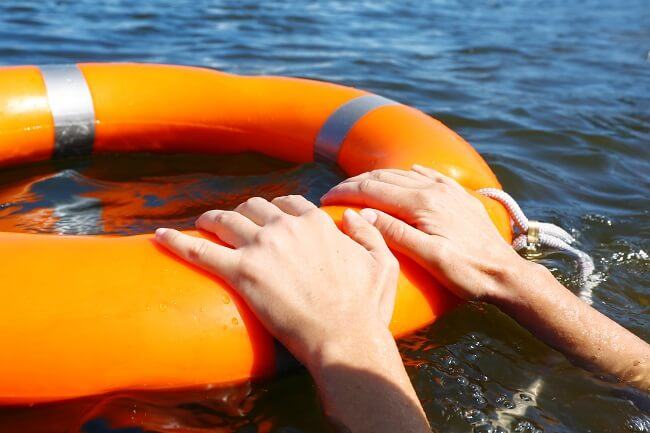
Boat safety while sailing is a top priority to consider. This is why, before you go sailing, a thorough inspection of the emergency equipment has to be done. An emergency kit must include the following elements:
- Safety vest for all the crew members as well as all passengers in the boat
- VHF (Very High Frequency) radio
- First aid kit
- Safety boat, radio beacon if there is offshore navigation
- Bengalas
- Fog speakers
- Spikes to cut a water path
- Wood spikes
- At least two mooring lines
- A boat hook
- Telephone
In case you find out that the vessel is not equipped with the minimum security standards required, do let us know so that we can prevent future Nautal lenders that might not be aware of the security measures that are needed.
Falling into the Water, the Most Feared Incident
When offshore, one of the most dreaded accidents, given its danger, is when a crew member falls into the sea. In order to avoid this, one of the most important things to do is to have a deck that is in order, without any objects that can trip a person. It’s also important to check if the surface is slippy before walking on it.
Avoiding falling in
The single most important thing is to avoid falling in to the sea, and for that, always make sure that the strap that ties the harness with the lifeline is reasonably short, and that when you go to prow, you do it windward.
Whether you’re sailing solo or with a group, ensuring crew safety in rough weather conditions is vital. We recommend wearing a harness-equipped inflatable and always securing it to the “line of life”.
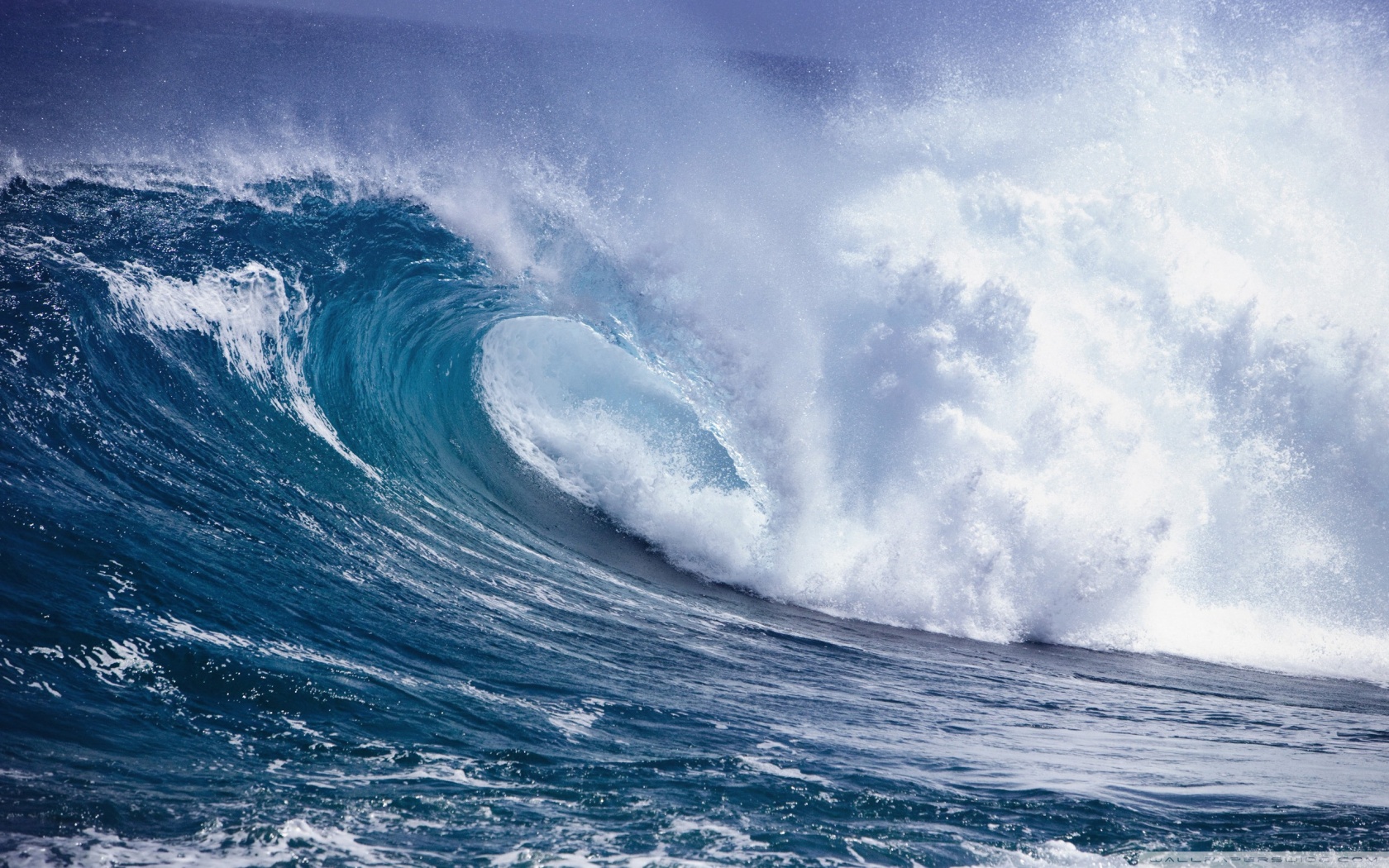
What If You Happen to Fall into the Sea…
If worse comes to worst and a crew member falls into the water, the first reaction has to be is to scream as loud as possible “man overboard”! This enables everyone in the boat to receive the information as quickly as possible. As soon as someone falls overboard, swiftly steer away from their location to avoid any propeller injuries. After ensuring a safe distance, promptly throw a flotation device to assist the person in the water.
Don’t lose sight
The next step is vital; we must never lose sight of the crew member in the sea, whilst we manoeuvre into getting closer to him. When approaching, we must reduce the speed, and lower the tackle in case we are talking about a sailing boat. The moment in which we are ready to pick up the crew member, the boat must be windward of him, if not, the boat will automatically separate from the person. It’s important to understand that the crew member will need help to get on board. You can either help them out of your own strength or use a halyard pulled by the winch if you’re on a sailboat.
Discovering a water leak- a true nightmare!
In general, a water leak is easier to solve than the previous topics that we have covered, if you act immediately and effectively.
The first step, is to find out if the water that is flooding the cabin is sweet or salty. If the water is sweet, one can relax, as it is coming from the water tanks of the boat, and it places no real threat to the stability of the boat. Activating the water bomb should do the trick!
When you detect salty water onboard, it’s crucial to pinpoint its source. Common entry points include water taps (often found in the bathroom, kitchen, or near the cooling engine), the speaker on the engine shaft or sail drive joint, or potentially a significant crack from a collision. If this is the case, it’s very likely that you could’ve detected that something was wrong before the water leakage.
For deep water taps, if there’s a plumbing issue, our initial step is to shut off the aft tap, followed by inserting a wooden plug.
Cracks, the next level of disaster
When we have a crack, things get more complicated. If you apply pressure with a pillow and your feet, it will help us reduce the water flow and will buy you some spare time to think.
The single most important thing when this happens is that the water outflow, is bigger than the water inflow. For this to happen, we should try to eliminate or at least reduce the water stream (use cloth, pillows, a sail tied by the exterior of the helmet or with the use of a special glue) and evacuate as much water as possible (with the water pump, releasing the refrigeration water tube after closing the water pipe, or with ice cubes).
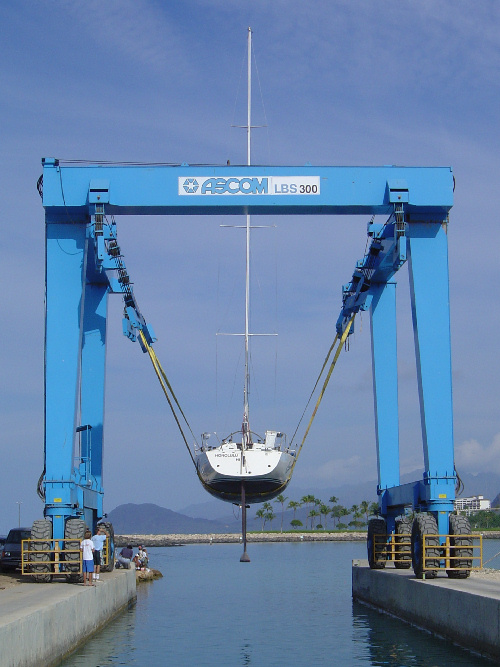
What to do once you’ve gained control.
Once you are in partial control, you can sail to the closest port, letting them know by radio that the travel lift is needed in order to get the boat out of the water.
If we notice that the water inflow is too big, hence it’s out of control, we should communicate through radio to the safety number and let them know. Then, you can start to follow their instructions. Should the situation deteriorate, you will need to prepare the safe boat. However, we shouldn’t abandon our main vessel until a flood is imminent. Typically, when water reaches above the knees and below the waist, it’s time to leave.
Even though incidents like these are rare, it’s very important to know how exactly to react, and how to use the tools that are at hand.
Safety is Priority
Remember, safety on a boat when sailing is THE number one priority. When you follow these instructions and know how to react if a problem arises, your only concerns will be enjoying the sea and the sail boat you’re in!
Share your difficult experiences with the Nautal team and how you solved them!

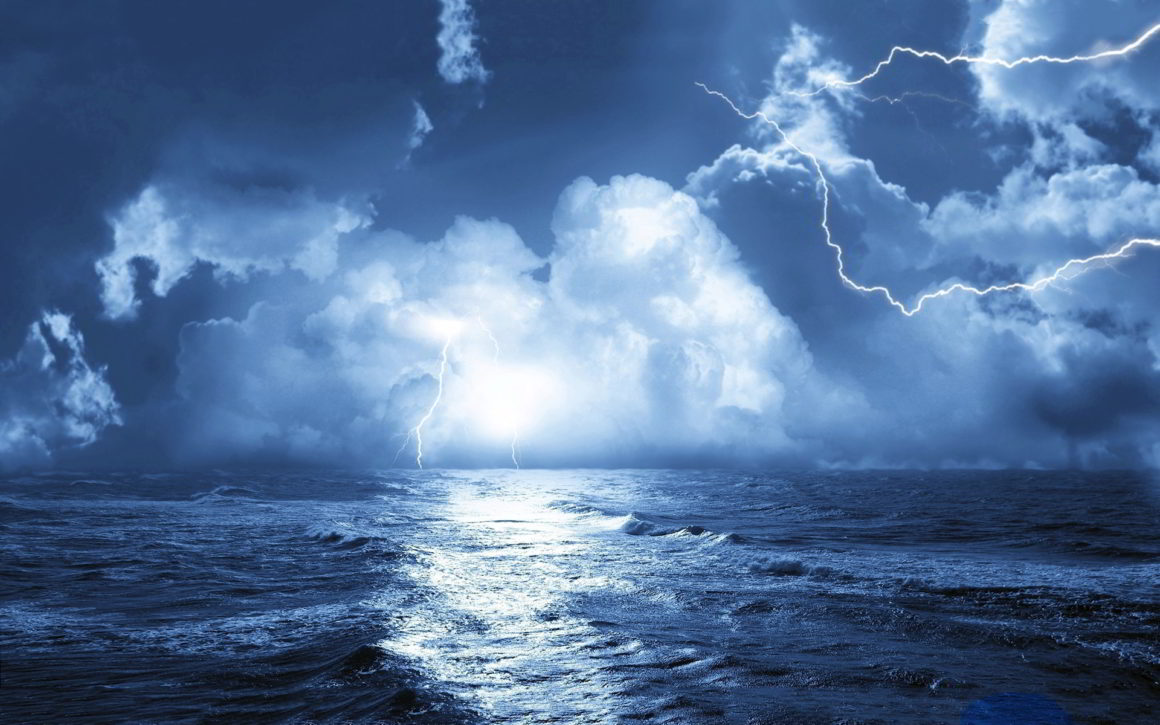
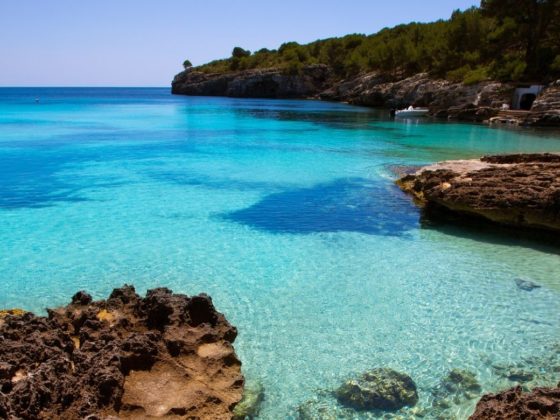

1 comment
This “Safety in the Boat: How to React in an Emergency” blog is a vital resource for all boating enthusiasts. Safety on the water is paramount, and this article does an outstanding job of highlighting the key steps and precautions one should take when faced with an emergency situation